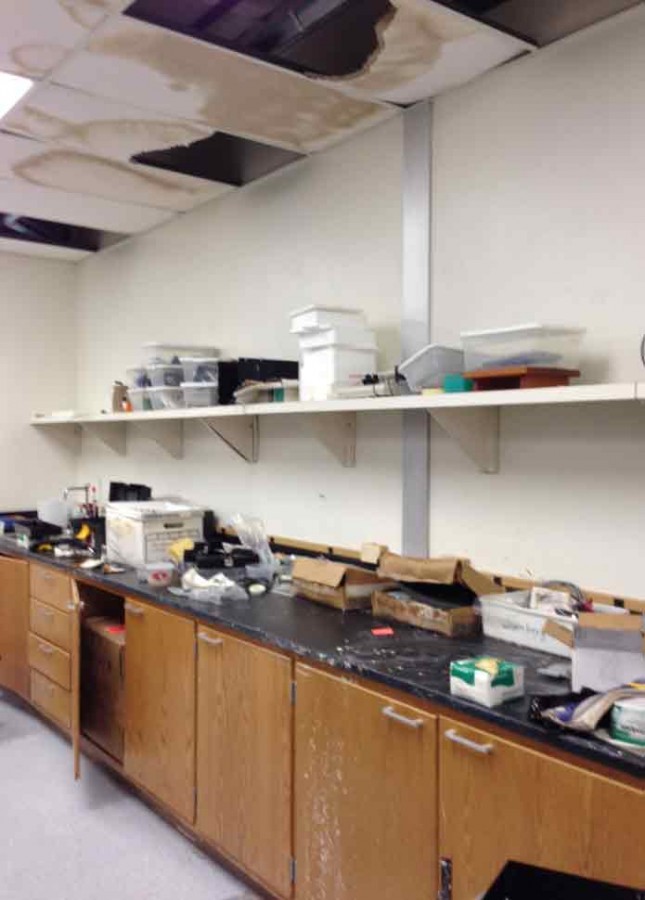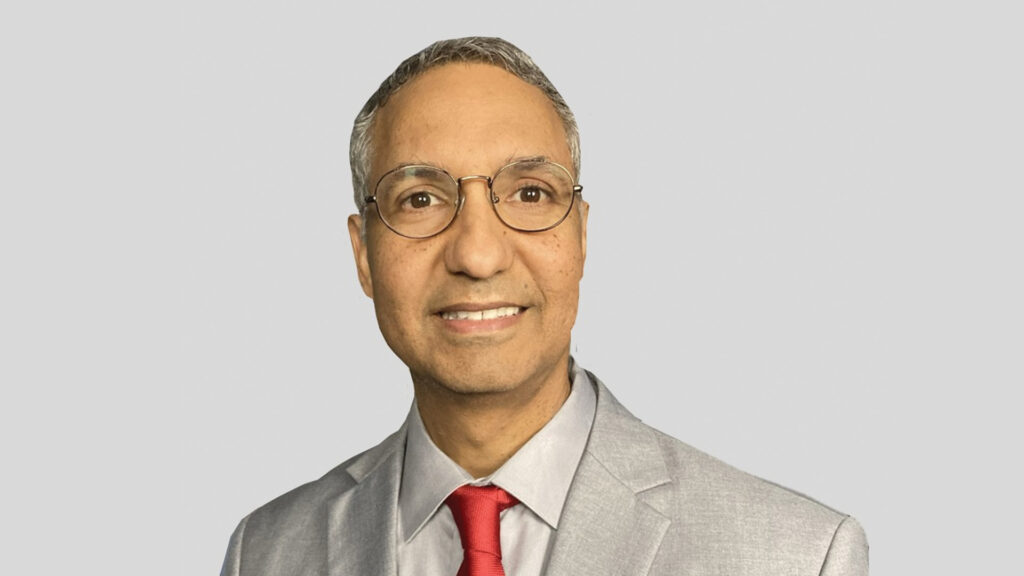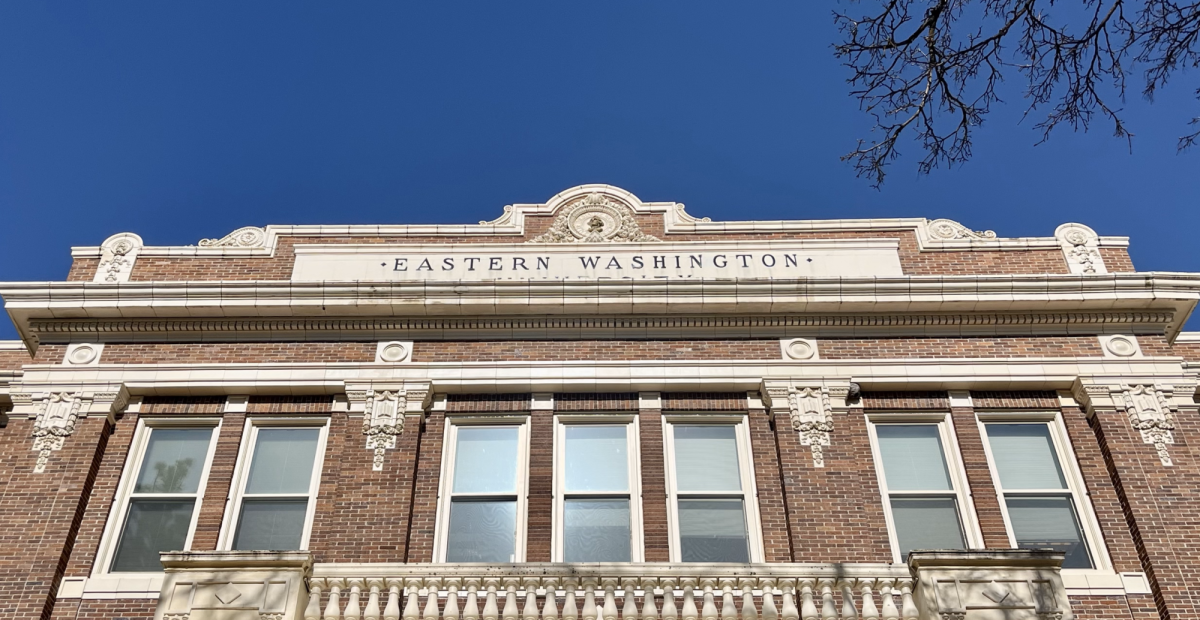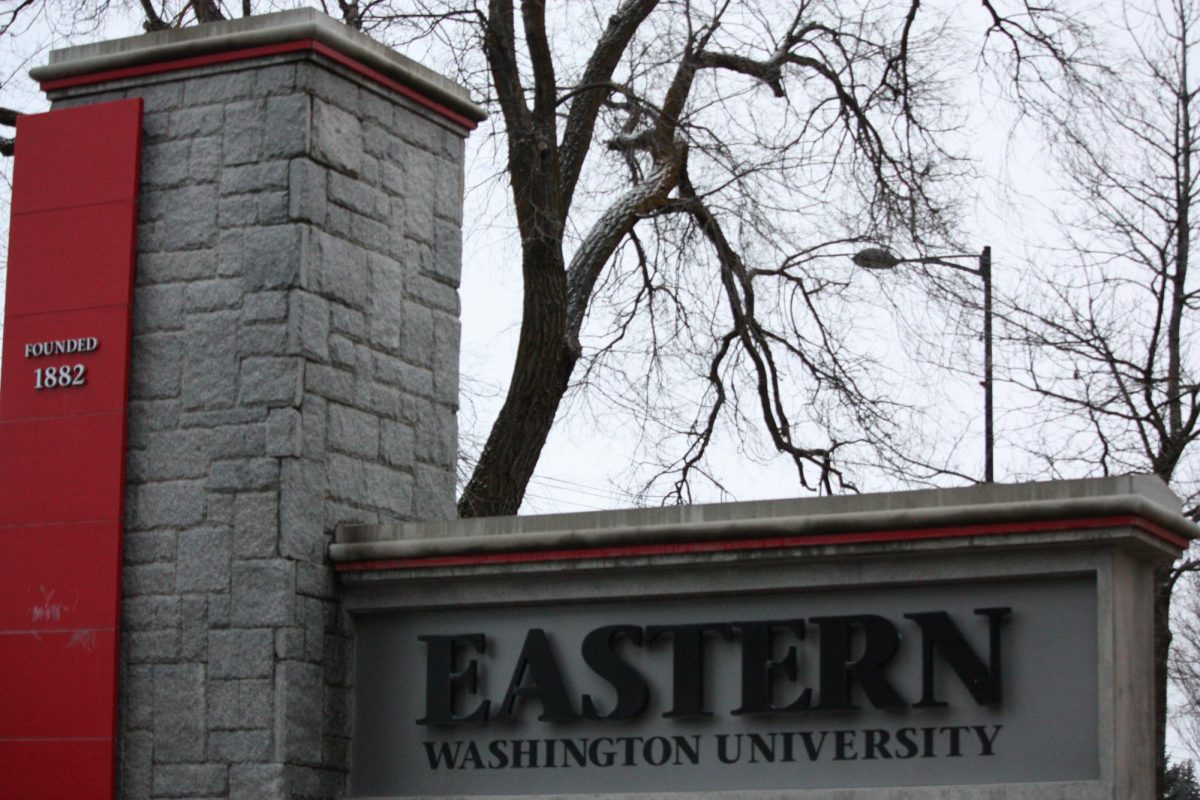CSTEM faculty unhappy with proposed lab classrooms
The current science building and one of the labs.
November 29, 2015
In the spring of 2014, a group of students called the “Science Alliance” rallied support among students and faculty for the construction of new science buildings to replace the half-century-old science facility.
Since then, Director of Government Relations in the president’s office David Buri has been negotiating with the Washington state legislature for the funding necessary to complete two science buildings: Science I, which will house the chemistry, biochemistry and physics departments, and Science II, which will primarily serve the biology and health sciences departments. Both buildings are intended to provide additional teaching and research laboratory facilities to Eastern’s burgeoning science, technology, engineering and mathematics students (STEM).
However, some faculty members from the College of Science, Technology, Engineering and Mathematics (CSTEM) are unhappy with the progress of building planning and worry the design of the new science buildings is not optimized for their programs.
At the forefront of faculty concerns includes the incorporation of “interdisciplinary science labs.” Associate Vice President of Facilities Shawn King said the labs would be designed by a consultant who specializes in science facilities.
Several CSTEM faculty members expressed concern about the specific equipment needed for each kind of lab, such as physics and engineering. Washington state, however, has not granted Eastern enough money to build more than two buildings and interdisciplinary labs will be necessary to accommodate all the CSTEM disciplines within the established building projects being negotiated by Buri.
The needs of the science department are determined by the Washington State Office of Financial Management (OFM), which audits financial requests made by public universities according to a scoring system. Projects that score high are granted more funding.
The scoring process incorporates space utilization audits conducted by Eastern’s Registrar’s Office. Space utilization refers to the average of how many hours students spend using the classrooms and labs on Eastern’s campus, or “contact hours.” The required minimum contact hours according to a 2015 “Availability of Space” summary are 22 contact hours per classroom, and 16 contact hours per lab. But according to an August 2014 “Availability of Space” report in the Science I Design/Build Request, Eastern’s projected utilization hours for this fall were 15.8 per classroom seat and 7.5 per lab, well below the 22 and 16-hour minimums.
According to Associate Vice President of Facilities and Planning Shawn King, CSTEM is losing scoring points because the registrar’s office determined that classroom and lab space were not highly utilized.
Another deduction in scoring points was due to the amount of classrooms EWU has as a whole. According to King, if EWU had a 2 percent growth rate in admissions for 20 years, it would just break even with the students-to-classroom ratio. Even though the school is growing, contact hours have dropped, according to the registrar’s office.
As a result, the science building projects were scored lower by the OFM and less money was granted by the state.
However, several professors feel these numbers do not adequately reflect the use of classroom and lab space. Some CSTEM faculty pointed out that while the registrar’s office may sign up a certain number of students for a class, inadequate class resources force professors to split labs in half, thus creating two small classes where the registrar’s office only recognizes one. As a result, these splits are not recognized in the utilization audits.
Lack of adequate lab and classroom space, along with sub-par facilities have driven the campaign for new science buildings. However, the process by which these buildings are funded and designed represents only a portion of CSTEM faculty concerns for the greater health of the college.
Associate Professor of Environmental Science Rebecca Brown, along with several of her colleagues expressed concern about receiving a double message from Eastern’s administration; encouraging CSTEM to grow, while simultaneously remaining within a restrictive budget.
“We’ve been running on a shoestring budget for years now,” said Carmen Nezat, Ph.D. and professor of Environmental Sciences, who encouraged her Environmental Sciences colleagues to stand with her during the meeting.
Other faculty members, such as Ron Gentle, Ph.D., of the Mathematics department, question interim dean Mary Keogh Hoss’s ability to adequately serve as the dean of CSTEM “You have a conflict of interest,” said Gentle, referencing Keogh Hoss’s role as a Health Sciences Administration professor.
Diane Dowd, Ph.D., of the Mathematics department echoed Gentle’s concerns about Keogh Hoss’s leadership. “We cannot be run like a business,” said Dowd. “Maybe your toolbox doesn’t fit the needs of our college.”
Keogh Hoss emphasized that her leadership was a temporary arrangement but added it was necessary during the current “budget crisis,” and that it would take up to a year for a new CSTEM Dean and Provost to be found plus another two years for them to “get on board,” with the function and development of the college.
“We’re behind,” said Keogh Hoss. “We’re just behind.”
According to Eastern’s website, all eleven CSTEM programs of study have steadily increasing enrollments. CSTEM has a 96 percent rate of career placement and is one of the few schools with industrial robotics. According to Hoss, CSTEM needs a long-term plan to sustain its continued growth.
The new science buildings are intended to help accommodate that growth, but as they are being planned, changes have to be made in the way CSTEM is funded and managed. The faculty and Keogh Hoss seem to have different ideas about just what those changes should be.
The registrar’s office and CSTEM Department chairs could not be reached for further comment.








